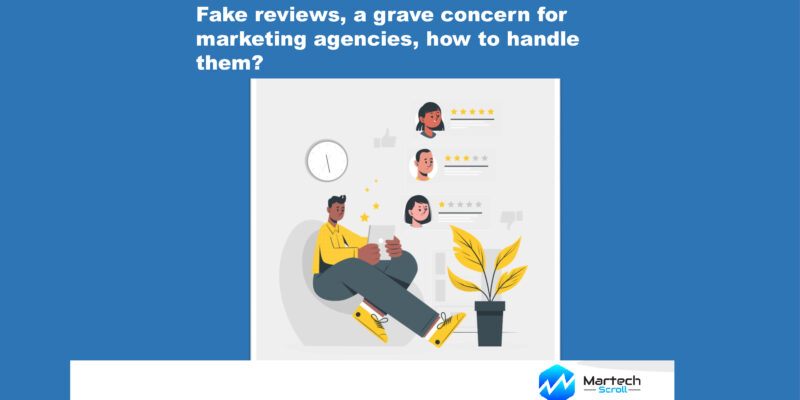Platforms like Amazon, in order for e-commerce to succeed, need a rating and review system that gives customers confidence in their online purchases. However, because these assessments are typically a large part of search rank algorithms, and hence have a significant impact on product visibility and sales, these systems frequently provide enormous incentives for sellers to manipulate their items’ rankings through fake reviews. According to research, 95% of customers look at online reviews before making a purchase decision. 94 percent of consumers believe that an online review has influenced their decision to avoid a particular brand or firm.
False reviews result in short-term gain
Fake reviews are more frequent than you might think, but are they a good way to increase sales? According to a Harvard Business Review study, fake evaluations are quite effective in terms of short-term benefits. Vendors’ product ratings rose quickly when they started recruiting reviewers, and the average number of reviews received per week increased by a factor of two, from five to ten. While some of these reviews may be natural, i.e., from legitimate, unpaid customers, that the rise happens quickly after merchants buy phony reviews shows fraudulent reviews are to blame. This rise in reviews resulted in a considerable increase in sales, with these products seeing a 12.5 percent increase in sales on average.
Within eight weeks of ceasing to buy false reviews, the average rating of the sellers’ products dropped by 6.3 percent, their sales rank dropped by 21.5 percent, and they received a huge number of one-star reviews from dissatisfied customers. This shows that the products were of poorer quality and that the exaggerated ratings and reviews had misled purchasers. Fake reviews have a lot of power. That the increase in reviews occurs shortly after vendors purchase false reviews shows that the bogus reviews are to blame for the increase. This rise in reviews leads to a considerable increase in sales.
How to spot fake reviews
- There is a lack of detail. Fake reviews usually extol the product than sticking to specifics. “For example, honest hotel reviews are more likely to include specific hotel terms such as ‘bathroom,’ ‘check-in,’ or ‘price.'”
- Has a lot of verbs. Genuine reviews are more likely to use nouns to describe situations, whereas fake reviews are more likely to use verbs. This “activity” is supposed to add credibility to the reviews but ends up the other way round.
- 3. Uses more first-person pronouns. Reviewers who want to sound serious use more first-person pronouns like “I” and “me.”
- The rating ranges from one to five stars. Many of the one and five-star reviews are genuine, while some are not. If a review is overly positive or negative, it could result from a phony reviewer attempting to artificially inflate or deflate a product’s or service’s average rating.
- The Reviewer has a Checkered Past. It’s possible that the reviewer is a fraudster if they have no reviews, many reviews, or use the same phrase in multiple reviews. Most sites allow you to check a reviewer’s profile and research these issues by clicking on their name.
How to deal with Fake Reviews
E-commerce companies could consider collaborating with social media platforms like Facebook to gain a better understanding of how vendors recruit false reviewers and, potentially, use that visibility to speed up detecting and eliminating phony reviews. Finding solutions to combat this conduct would be a win-win-win situation, as it would minimize illegal activity on social networking platforms, boost trust in e-commerce platforms, and provide consumers with a more positive, dependable experience.
Proving someone’s online identity can be incredibly challenging, especially because Google enables anonymous usernames. They can interact with your brand without making a purchase. Google gives some specific guidance on how to reply to these warnings. Their primary advice is to be succinct, defensive, and courteous, and to answer as if you were responding to a negative review from a real consumer.
It’s time to flag the review after you’ve responded. The flag will link you to the website where you may “Report a Policy Violation.” Select the Violation Type and provide your email address. Have additional people flag the review to raise awareness of the problem and hasten up the process (and improve the chances of it getting removed). You should get feedback to your query via the standard method within a few days, but if the review contains vulgarity or hate speech, contact a member of the Google support team right once.
You can also reach out to the Google Small Business Support Team and ask for support and advice in the Google Community if you work for a small business. When you come across bogus reviews, repost them. The key to combating phony reviews is to eliminate them before they reach the eyes of potential customers.







Comments